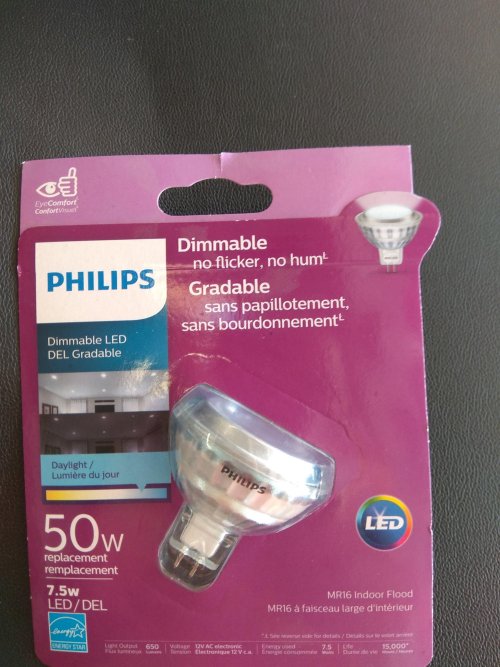I have been looking for a good set of auxiliary led driving lights for my 85 r80rt. I have installed an LED h4 light in the headlight and after 3 different brands I found one that works well on low beam. All of the ones I've tried have never had a good hi beam. I have removed the defuser inside the headlight. Price range that I see is apex $25-$800. So much data and info in areas I'm not versed on. Pencil beam seems to sound like it's what I need. Something to light up the center of the dark country roads.
I'm not looking to spend more than $100-$150. I have a piaa harness with an older set of Piaa halogen bulbs 1100x? If I remember correctly. They use more power and don't seem that bright when tested in my garage. Thanks in advance from 1st time poster here.
I'm not looking to spend more than $100-$150. I have a piaa harness with an older set of Piaa halogen bulbs 1100x? If I remember correctly. They use more power and don't seem that bright when tested in my garage. Thanks in advance from 1st time poster here.




